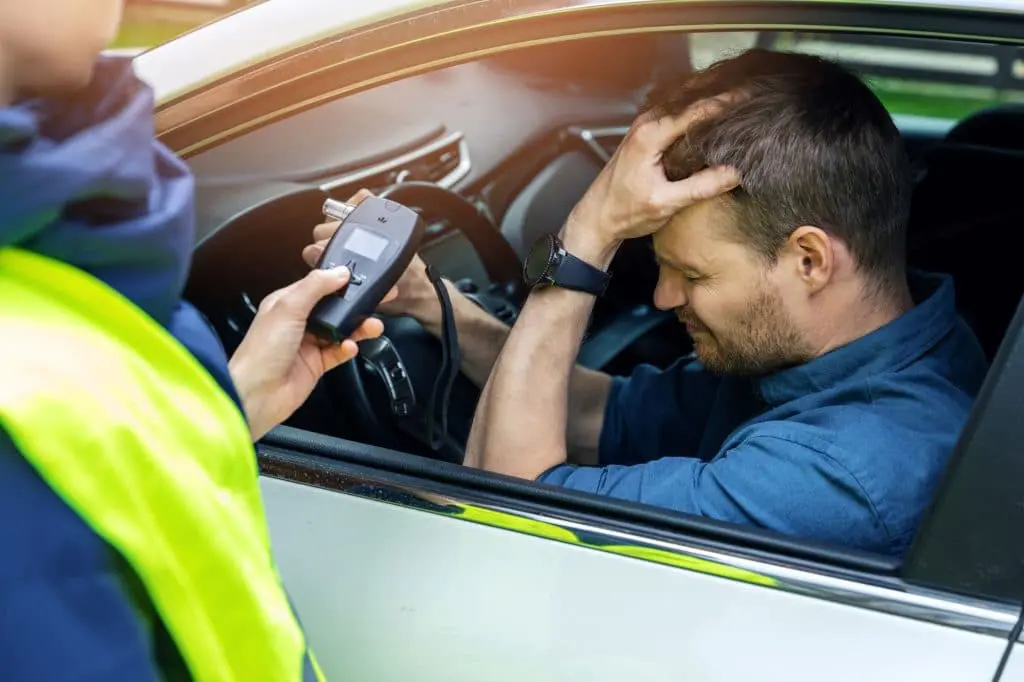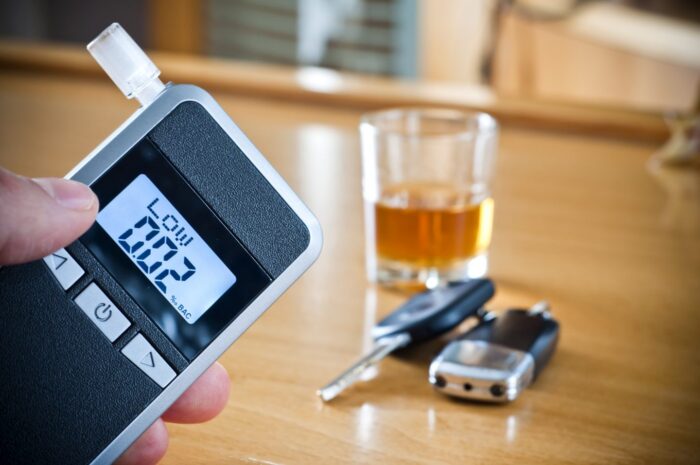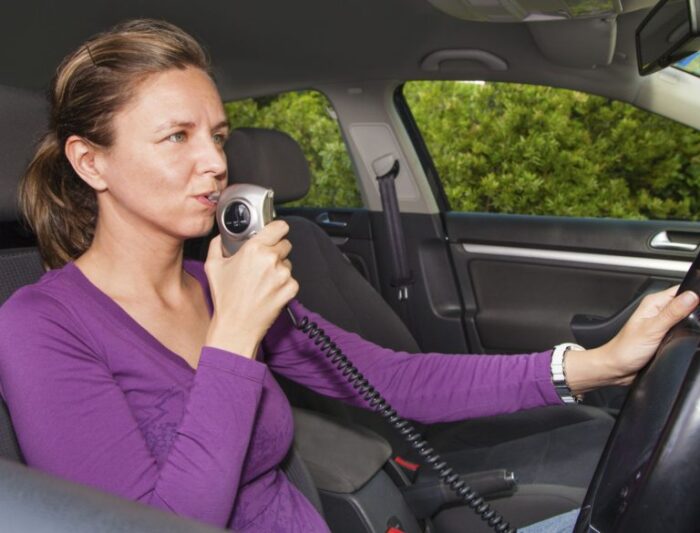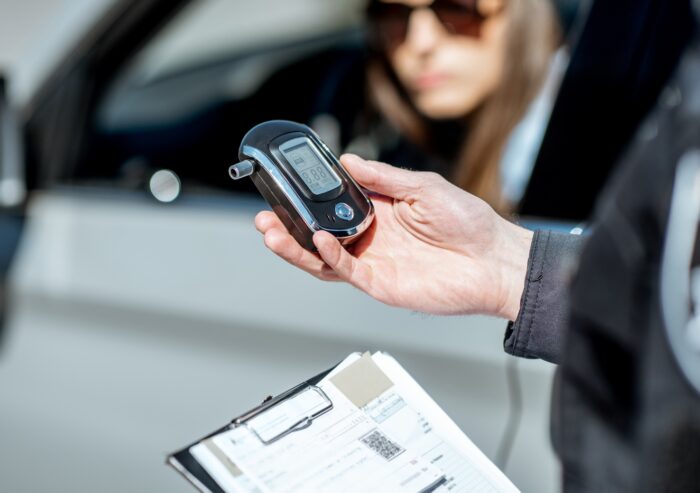
Drunk driving, a dangerous and irresponsible act, has been a longstanding issue on the roads. Over the years, efforts to tackle this problem have led to the development and widespread use of breathalyzers.
These simple yet effective devices are crucial in promoting safer roads by providing law enforcement and individuals with a tool to measure alcohol levels. In this article, you will learn how breathalyzers make a difference in reducing DUI rates.
The Historical Context of DUI Rates
To understand the impact of breathalyzers, it’s essential to look back at the historical context of drunk driving. Examining the mid-20th century reveals a surge in drunk driving incidents with the growing prevalence of automobiles. Unfortunately, effective measures to detect and deter individuals from driving under the influence were notably lacking during this time.

Challenges in Identification
Law enforcement faced significant challenges in identifying impaired drivers. Relying on subjective assessments based on behavioral cues such as erratic driving or slurred speech proved inconsistent, leaving some individuals undetected.
Legal Ambiguity and Standardization Issues
The absence of standardized legal limits for blood alcohol concentration (BAC) hampered legal frameworks, making it difficult to prosecute DUI cases effectively. This legal ambiguity translated into consequences for driving under the influence that were neither uniformly severe nor consistent.
Need for Reliable Measurement Methods
The pressing need for a reliable and standardized method to measure alcohol levels in individuals suspected of driving under the influence meant preventive measures were less effective, allowing alcohol-related accidents to escalate.
Experiments and Sobriety Checkpoints
Various regions introduced sobriety checkpoints, where law enforcement officers visually assessed drivers for signs of impairment. However, the subjective nature of this method, coupled with legal challenges, limited its effectiveness.
Legal Consequences and Severity
Legal consequences for driving under the influence lacked uniform severity, diminishing the deterrence effect. The absence of a universally accepted BAC measure contributed to legal uncertainty, creating an environment where consequences for impaired driving could have been more predictable and impactful.
Emergence of Breathalyzers as a Solution
Within this backdrop of uncertainty and increasing road-related tragedies, breathalyzers emerged as a groundbreaking solution. These devices offered a scientific and objective means to measure alcohol levels, providing law enforcement with an efficient and consistent tool to detect individuals driving under the influence. Introducing breathalyzers marked a big shift in combating impaired driving, paving the way for a more standardized and effective approach to ensuring road safety.

The Role of Breathalyzers in DUI Prevention
Breathalyzers have a big role in DUI prevention, here’s how they do it:
Technology Advancements in Breathalyzers
Thanks to advancements in technology, breathalyzers have become more reliable and accurate. These devices work by analyzing the amount of alcohol in a person’s breath, providing law enforcement with a quick and efficient method for DUI detection. The improved accuracy ensures that individuals who are truly under the influence are correctly identified.
Legal Implications and DUI Prosecution
When it comes to DUI cases, breathalyzer results hold significant weight as evidence. Failing a breathalyzer test can lead to legal consequences, such as fines, license suspension, and even imprisonment. This legal framework creates a strong deterrent against drunk driving, as individuals are aware of the serious repercussions they may face if caught driving under the influence.

Breathalyzers in Law Enforcement
One of the ways law enforcement utilizes breathalyzers is through DUI checkpoints. These checkpoints serve as a visible deterrent, encouraging individuals to think twice before getting behind the wheel after consuming alcohol. The unpredictability of these checkpoints contributes to a sense of accountability among drivers, fostering a safer driving environment.
Challenges Faced by Law Enforcement
While breathalyzers are powerful tools, law enforcement faces challenges in their implementation. Calibration, maintenance, and ensuring proper usage can be hurdles. Addressing these challenges is crucial to maintaining the effectiveness of breathalyzer testing in preventing drunk driving incidents.
Portable Breathalyzers for Personal Use
Beyond law enforcement, individuals can take proactive steps to ensure their own safety with personal breathalyzer devices. These portable gadgets empower people to make informed decisions about whether they are fit to drive. This added layer of responsibility promotes safer habits and reduces the risk of DUI incidents.
Ethical Considerations and Privacy Issues
However, the use of personal breathalyzers raises ethical considerations and privacy issues. Striking a balance between personal responsibility and privacy is essential. Educating users on the proper and responsible use of these devices is crucial to avoiding unnecessary concerns and fostering a culture of safety.
Impact on Workplace Safety
Breathalyzers are being integrated into the workplace, too, to help create a safe environment.

Occupational Breathalyzer Policies
Breathalyzers are being integrated into the workplace to help create a safe environment Industries such as transportation and manufacturing, where safety is paramount, utilize breathalyzer tests to prevent accidents caused by impaired employees. Implementing these policies contributes to a secure work environment.
Employee Rights and Concerns
While workplace safety is a priority, it’s equally important to address the rights of employees. Ensuring clear communication about breathalyzer policies, respecting employee rights, and addressing any concerns are key factors in successfully implementing occupational breathalyzer testing.
Public Awareness and Education
Public awareness is vital to the success of breathalyzer initiatives. Educational campaigns focused on responsible drinking and using breathalyzers contribute to a safety culture. Understanding the implications of alcohol consumption and the role of breathalyzers empowers individuals to make informed decisions.
Collaborative Efforts with Organizations
Collaborative efforts between government bodies and organizations amplify the impact of breathalyzer awareness campaigns. By joining forces, these entities can reach a broader audience and emphasize the importance of responsible alcohol consumption and the use of breathalyzer devices.

Breathalyzers: Safeguarding Roads, Transforming Futures
Breathalyzers are instrumental in changing the landscape of DUI rates and making the roads safer. And as public awareness continues to grow, and technology evolves, you can look forward to even greater strides in creating safer roads for everyone.






